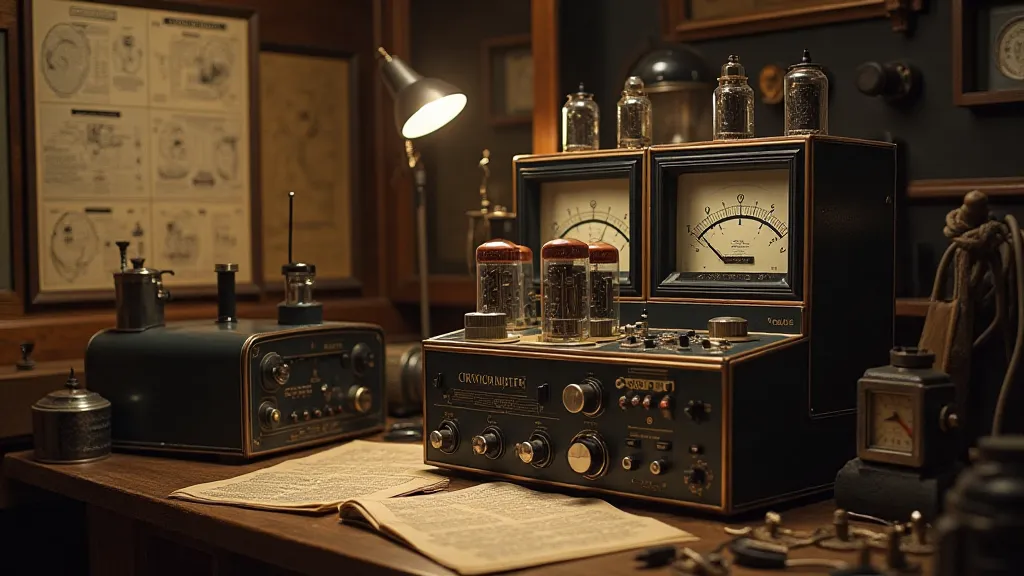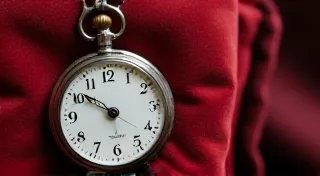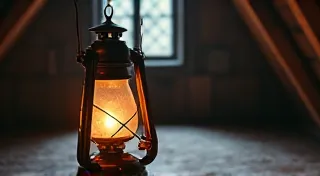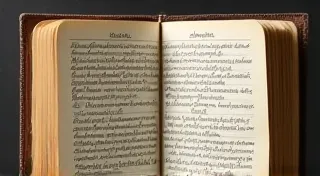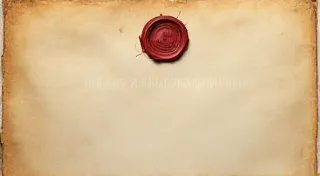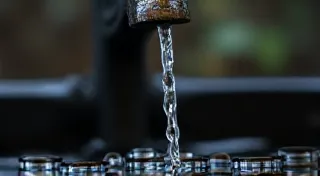The Collector’s Elegy: Preserving Radio Heritage Through Tube Diagnostics
The hum. That low, comforting thrum that filled countless living rooms decades ago. It’s a sound increasingly rare, a whisper of a bygone era. It’s the sound of a vintage radio, and the heart of that sound, the very lifeblood, resides in the vacuum tube. More than just electronic components, these tubes are relics of ingenuity, symbols of an age when craftsmanship and innovation intertwined. To neglect their care is to let a piece of history fade, and expert tube testing is the vital key to keeping that heritage alive.
I remember my grandfather, a man of few words but immense passion. He wasn’t an engineer, or a technician, but he possessed an almost instinctive understanding of electronics. His pride and joy was a massive, Art Deco console radio, its walnut veneer gleaming under the soft light of his workshop. The ritual of powering it on, carefully warming up the tubes, was a moment of shared reverence. The crackle, the settling hum, and then the emergence of a clear broadcast – it was pure magic. That radio wasn’t just a source of entertainment; it was a connection to a past I barely knew, a tangible link to my family history.

The Golden Age of Radio and the Rise of the Vacuum Tube
The 1920s and 30s were the golden age of radio. Broadcasting exploded onto the scene, transforming society and ushering in a new era of communication. But these magnificent radios weren't powered by transistors; they relied on vacuum tubes – delicate glass bulbs containing meticulously arranged filaments, cathodes, and anodes. Each tube performed a specific function – amplification, oscillation, detection – contributing to the overall performance of the radio. The craftsmanship involved in their construction was remarkable. The glass was flawlessly formed, the internal structures precisely aligned, and the electrodes meticulously fabricated. These weren's mass-produced items; they were objects of pride for the skilled technicians who built them.
The evolution of vacuum tube technology mirrored the advancement of radio itself. Early triodes were crude but effective. Tetrodes and pentodes followed, offering improved efficiency and performance. Each generation represented a leap in engineering ingenuity, a relentless pursuit of better sound and greater range. The sheer variety of tubes became astounding, each with its own specific characteristics and applications. Understanding this diversity is paramount to any serious radio restoration project.
The Crucial Role of Tube Testing
Time, however, takes its toll. Vacuum tubes degrade. Filaments burn out, plates crack down, getters lose their effectiveness. Radio performance suffers; static increases, sound distorts, and the comforting hum fades into silence. And that's where tube testing comes into play. It's more than just checking for continuity; it’s an art, a diagnostic process that demands patience, knowledge, and a respect for the technology.
The early methods were rudimentary – visual inspection and simple voltage measurements. But as tube technology became more complex, so did the testing equipment. Dedicated tube testers emerged, offering a comprehensive analysis of tube performance, checking for shorts, emissions, and even measuring characteristics like gm (transconductance). These testers, often beautiful pieces of engineering themselves, became indispensable tools for radio repair shops and serious hobbyists.
Today, while digital multimeters can provide some basic information, a vintage tube tester, properly used, offers a far more nuanced understanding of a tube's condition. It's not just about whether a tube "works" or "doesn's work"; it’s about assessing its overall health and predicting its future reliability. Knowing how to interpret the readings, to identify subtle signs of degradation, is a skill honed through experience.
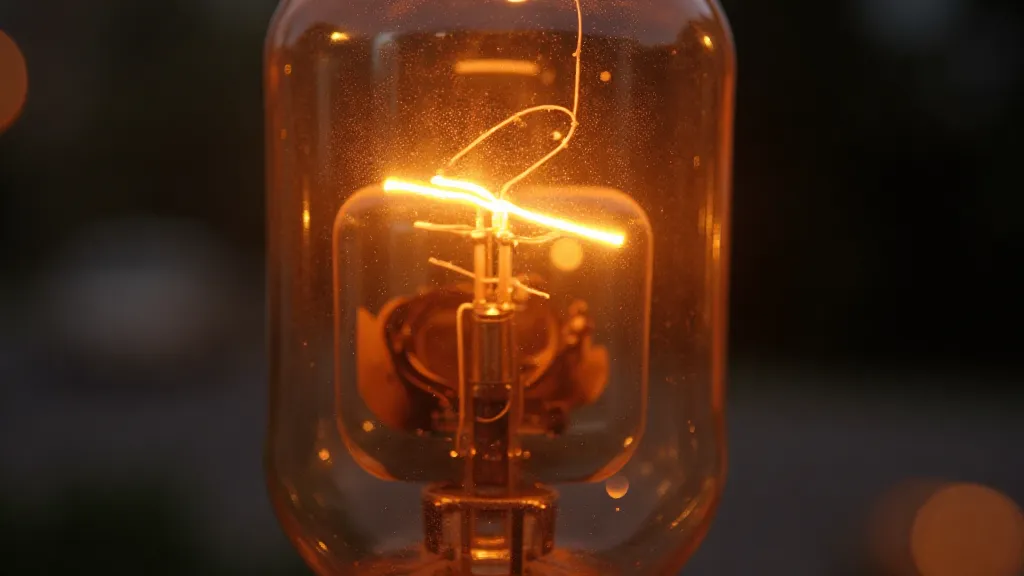
Beyond the Readings: The Art of Diagnosis
Tube testing isn't just about running a tube through a tester. It's about understanding the context. A “weak” tube might be perfectly acceptable in a low-power application, but disastrous in a high-gain amplifier stage. It's about recognizing that a tube's performance is influenced by the surrounding circuitry and the overall condition of the radio.
Furthermore, the testing process often reveals clues beyond the readings themselves. A tube with a darkened getter might indicate excessive internal gas pressure. A cracked glass envelope, though obvious, can signify a more serious underlying problem. It’s about combining technical knowledge with a keen eye for detail, a holistic approach to radio restoration.
Preserving a Legacy: The Future of Radio Heritage
The art of vacuum tube testing is a vanishing craft. Fewer and fewer young people are drawn to this demanding but rewarding pursuit. As the generation of skilled radio technicians retires, the knowledge and expertise are at risk of being lost forever.
That’s why it’s crucial for those of us who appreciate vintage radio to keep the flame alive. We need to share our knowledge, mentor aspiring restorers, and support organizations dedicated to preserving radio heritage. Whether it's restoring a family heirloom or simply appreciating the ingenuity of a bygone era, we have a responsibility to ensure that the comforting hum of vintage radio continues to resonate for generations to come.
My grandfather's radio sits in my workshop now. I test the tubes regularly, not just to ensure its continued operation, but as a way of connecting with him, of honoring his passion, and of preserving a piece of history. Each successful test is a small victory, a reaffirmation of the enduring power of craftsmanship and the importance of safeguarding our radio heritage. The quiet satisfaction of a perfectly functioning radio, a testament to the dedication of the engineers and technicians who built it, is a feeling that transcends mere functionality; it's an emotional connection to a richer, more resonant past.
